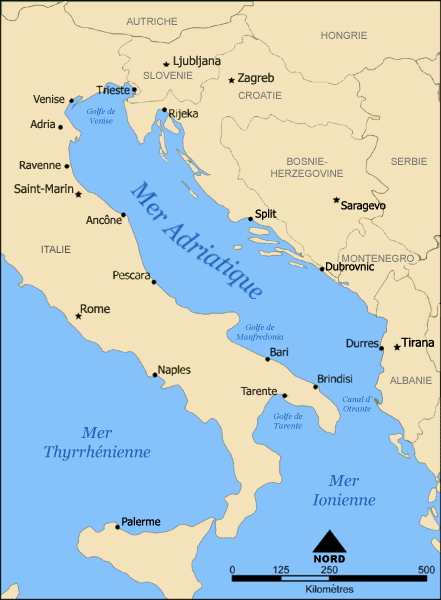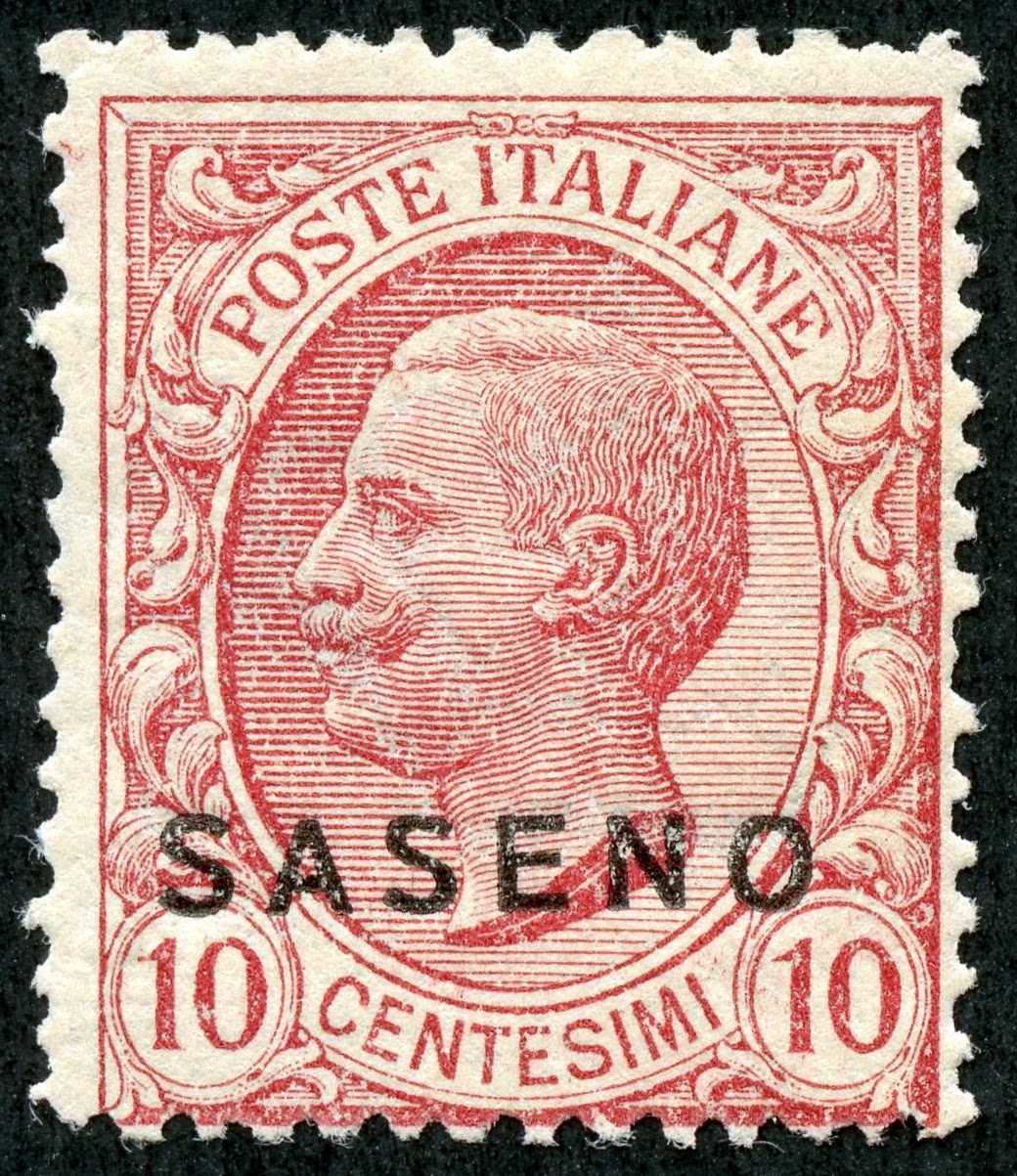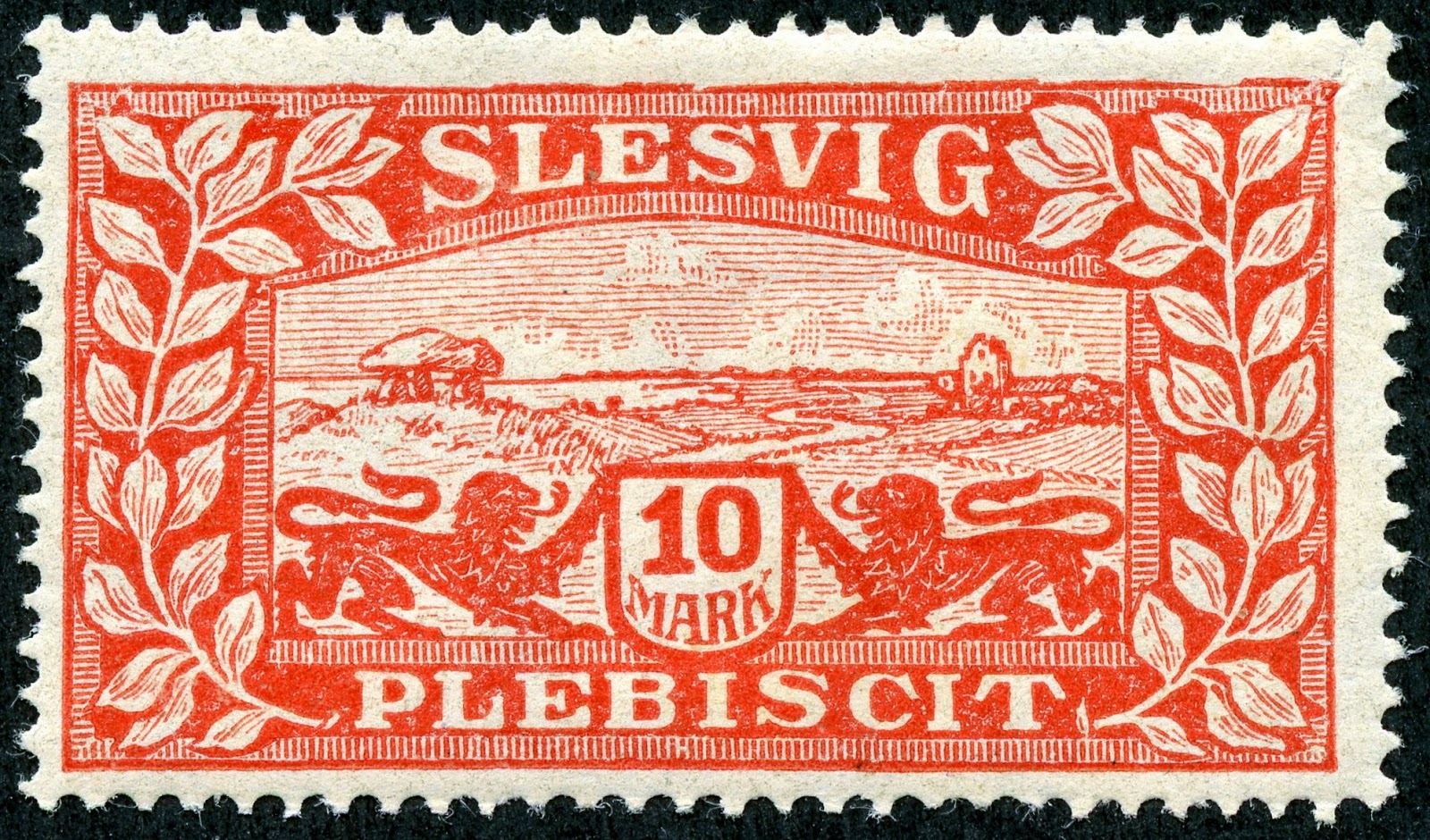1885-89 Scott 84 10b rose/pale buff "King Carol I"
Quick HistoryKarl of Hohenzollern-Sigmaringen, well placed with relatives in both the Prussian ruling family and the French Bonaparte family, became King of Romania in 1881 after fifteen years as the Romanian Prince.
Romania, during this period, was heavily influenced by French culture, which clearly is reflected in the stamp designs.
Purple: Kingdom of Romania (1881-1913)
Orange: Territory added after Second Balkan War & WWI, but lost after WW II
Rose: Territory added after WW I
The "Old Kingdom" lasted until the Second Balkan War and WW I, when King Carol I died in 1914, and Greater Romania acquired new lands ( Southern Dobruja, Transylvania, Banat, Bessarabia, Bukovina) as spoils of war.
Since territorial gain/loss is a zero sum game, read about the dismantling of the Austro-Hungarian Empire here....
Historical Regions of Greater Romania 1918-40
Greater Romania, between 1918-40, enjoyed excellent economic growth, and advanced to second in Europe in both oil and food production.
1900 Scott 143 50b orange "King Carol I"
Into the Deep BlueThis is the second of three blog posts on Romania, and I will cover the stamp issuing years of 1885-1926 here.
A closer look at the stamps and issues
40 Parale = 1 Piaster
100 Bani = 1 Leu (plural "Lei") (1868)
1885-89 Scott 76 3b violet (White paper)
1885-89 Scott 81 3b violet/bluish (Tinted Paper)
Between 1885-89, a five stamp issue on white paper, and an eight stamp issue on tinted paper was released. Of interest, Scott gives the different papers all major numbers. There was also a six stamp issue on thin pale yellowish paper with watermark 163 "Coat of Arms" released in 1889.
1890 Scott 99 25b gray blue , Wmk 163
The 1890 seven stamp issue with this design also had the "Coat of Arms" watermark.
Wmk 163 "Coat of Arms"; Wmk 164 "PR"
Here is a pic of the "Coat of Arms" and "PR" watermarks.
1891 Scott 107 50b orange, Unwmk
In contrast, the 1901 seven stamp issue, with the same or slightly different colors compared to the 1890 issue, had no watermark. Yes, watermarking this design will be necessary. ;-)
1891 Scott 112 15b gray brown
25th Year of the Reign of Carol I
A five stamp issue was produced in 1891 without watermark to celebrate the 25th year reign of Carol I as Prince (1866) and King (1881).
In 1894, four more stamps were issued, several in similar colors, but with watermark "PR".
Forgeries have been produced for this issue.
For a genuine specimen, look at the horizontal shading lines inside the vignette oval. The uppermost line is thicker in the middle and tapered at both ends. The lowest shading line is curved upwards at one or both ends.
In contrast, a common forgery has short straight shading lines of the same thickness as the other shading lines for the uppermost and lowest lines, according to Varro Tyler (Focus on Forgeries -2000).
(For those using- "Focus on Forgeries "c2000- be aware that the illustrations for the genuine vs forgery is mistakenly switched for this issue.)
In 1894, four more stamps were issued, several in similar colors, but with watermark "PR".
Forgeries have been produced for this issue.
For a genuine specimen, look at the horizontal shading lines inside the vignette oval. The uppermost line is thicker in the middle and tapered at both ends. The lowest shading line is curved upwards at one or both ends.
In contrast, a common forgery has short straight shading lines of the same thickness as the other shading lines for the uppermost and lowest lines, according to Varro Tyler (Focus on Forgeries -2000).
(For those using- "Focus on Forgeries "c2000- be aware that the illustrations for the genuine vs forgery is mistakenly switched for this issue.)
1893 Scott 117 1b pale brown, "Bani" script
A new design issue was released between 1893-98 on 15 stamps, and has watermark "PR" (Wmk 164 & Wmk 200, -Wmk 200 is a variation on "PR" script).
1893 Scott 131 2 l orange & brown
The 1893-98 stamps are bicolored for the two highest denominations.
1901 Scott 133 1b brown, "Ban" script
Using the same design, but on unwatermarked paper, another 16 stamp issue was released between 1900-03. Some stamps have the same color as the 1893-98 stamps, and some have different colors
Scott states this issue is characterized by thin paper, and tinted rose on back. I did not appreciate the distinction much, finding the unwatermarked state of the paper more helpful.
Note the 1900-03 issue has both "bani" and "ban" script stamps for the 1b denomination.
Scott states this issue is characterized by thin paper, and tinted rose on back. I did not appreciate the distinction much, finding the unwatermarked state of the paper more helpful.
Note the 1900-03 issue has both "bani" and "ban" script stamps for the 1b denomination.
1903 Scott 147 2 l red brown & black
Like the 1893-98 issue, the 1900-03 issue has bicolors for the higher denominations.
Be aware that, besides the 1893-98 and 1900-03 issue, there is a ten stamp 1900 wmk 167 "Coat of Arms covering 25 stamps" issue, and an unwmk 1911-19 six stamp "Types of 1893-99" issue with the same designs. All in all, these issues require attention to color, paper, and watermarks for proper identification.
Be aware that, besides the 1893-98 and 1900-03 issue, there is a ten stamp 1900 wmk 167 "Coat of Arms covering 25 stamps" issue, and an unwmk 1911-19 six stamp "Types of 1893-99" issue with the same designs. All in all, these issues require attention to color, paper, and watermarks for proper identification.
1906 Scott 185 2 l orange & black
"King Carol I at Shrine of St. Nicholas"
40 Years Rule of Carol I as Prince and King
The year 1906 was the 25th anniversary of the Kingdom and the 40th year of rule for Carol I. Naturally, stamps marked the occasion.
A lovely engraved ten stamp bicolored issue was released for the 40 years of rule for Carol I as prince and king. The issue has various scenes of his official life.
A lovely engraved ten stamp bicolored issue was released for the 40 years of rule for Carol I as prince and king. The issue has various scenes of his official life.
1906 Scott 181a 25b olive green & black
"Romanian Army Crossing Danube"
Scott 181a never placed in use
Ultramarine & black is the nominal color for the 25b denomination. But an olive green & black color, albeit never placed in use, can be found be collections.
1906 Scott 191 25b ultramarine & black "King Carol I"
25th Anniversary of the Kingdom
A 10 stamp set for the 25th anniversary of the Kingdom was also released in 1906. CV ranges from <$1-$1+ for nine stamps.
King Carol I
Carol I was an able commander, and led the Romanian troops during the Russo-Turkish War.
1906 Scott 206 3 l brown orange & brown
"Queen Elizabeth (Carmen Sylva)"
Another eleven stamp issue was released in 1906 for the General Exposition. These stamps were only available July 19-31, 1906, and only valid for those dates! But the remainders were sold privately by the promoters of the Exposition. The CV for the lower denominations is $1+-$3, but the three highest denominations are CV $25-$42+. These higher denominations (1.50l, 2.50l, 3l) have also been forged.
The 3 l brown orange & brown (shown above) shows a small cross on the queen's crown in the genuine specimen. The forgery has a "blob" for the cross, according to Varro Tyler (Focus on Forgeries -c2000).
Of interest, Queen Elizabeth (Elisabeth of Wied) never delivered a male heir.
The 3 l brown orange & brown (shown above) shows a small cross on the queen's crown in the genuine specimen. The forgery has a "blob" for the cross, according to Varro Tyler (Focus on Forgeries -c2000).
Of interest, Queen Elizabeth (Elisabeth of Wied) never delivered a male heir.
1908 Scott 211 40b bright green
Engraved; Various Shades
Between 1908-18, a 10 stamp engraved issue was produced. Here I show that, in my accumulation of 40b "bright green" stamps, there are, at least, three shades. ;-) I don't know if these shades are "real", or merely chemical changelings.
1909 Scott 220 10b rose
Typography
Also, between 1909-18, a seven stamp typographed issue was produced. The vignette differs (A46), mainly by the ultra-long beard, compared to the 1908-18 (A44, A45) set.
1919 Scott 227 50b dull red
Types of 1893-99
Remember I mentioned before about a "Types of 1893-99" 1911-19 set? Well, here it is. ;-) The six stamp set is on white unwatermarked paper. The set is also in different colors compared to the earlier issues.
1913 Scott 237 50b yellow & blue
"Romanian Crown and Old Fort on Danube"
Romania's Annexation of Silistra
The Second Balkan War (June 28, 1913-July 13, 1913) resulted in Bulgaria losing additional territory, and Romania obtaining southern Dobruja and Silistra. (Refer to prior illustrated map.)
A ten stamp issue was released December 25, 1913 celebrating the annexation.
A ten stamp issue was released December 25, 1913 celebrating the annexation.
1918 Scott 241 5b yellow green, Overprinted in Black
Genuine, Forgery, Forgery
In 1918, a two stamp overprinted issue was released. The overprint was produced by typography. And, naturally, numerous overprinted forgeries also exist, even though the CV is <$1. Varro Tyler (Focus on Forgeries c2000) discusses some of the genuine and forgery characteristics.
The left stamp probably is genuine, as the lines in the rope are thin and clearly printed- and the looped portion of the "1" is oval. The center stamp has the looped portion of the "1" round, and is a probable forgery. Th right stamp appears to have a crude handstamp: a forgery.
The left stamp probably is genuine, as the lines in the rope are thin and clearly printed- and the looped portion of the "1" is oval. The center stamp has the looped portion of the "1" round, and is a probable forgery. Th right stamp appears to have a crude handstamp: a forgery.
1919 Scott 245 1b black, Red overprint
Recovery of Transylvania and the return of the King to Bucharest
Ah, the territorial spoils of WWI! (And, in this case, vampires and Dracula! ;-)
Hungary (in various forms) had actually occupied Transylvania since the 10th century. But Hungarian, Romanian, and German speaking peoples could all be found there.
But after WWI, Austria-Hungary collapsed, and the ethnic Romanians of Transylvania declared unity with Romania on December 1, 1918.
1,600,000 Hungarians ended up inside the borders of Romania. !!
Three stamps were overprinted in 1919 for the "Recovery of Transylvania".
Hungary (in various forms) had actually occupied Transylvania since the 10th century. But Hungarian, Romanian, and German speaking peoples could all be found there.
But after WWI, Austria-Hungary collapsed, and the ethnic Romanians of Transylvania declared unity with Romania on December 1, 1918.
1,600,000 Hungarians ended up inside the borders of Romania. !!
Three stamps were overprinted in 1919 for the "Recovery of Transylvania".
1920 Scott 254 40b gray brown "King Ferdinand"
White paper & Coarse paper varieties
The 1920-22 issue of thirteen stamps is found with either white or coarse grayish paper. The Scott catalogue, though, has not created any minor numbers for the paper varieties.
King Ferdinand had been king since October 10, 1914, but only in 1920 is there a stamp issue with his portrait produced. Ferdinand had been the heir-presumptive to the throne of his childless Uncle Carol I since 1886, as his father (1880), and his brother (1886) had both renounced their rights.
Ferdinand's coronation didn't occur until October 15, 1922 at the historic princely seat of Alba lulia, in Transylvania.
King Ferdinand had been king since October 10, 1914, but only in 1920 is there a stamp issue with his portrait produced. Ferdinand had been the heir-presumptive to the throne of his childless Uncle Carol I since 1886, as his father (1880), and his brother (1886) had both renounced their rights.
Ferdinand's coronation didn't occur until October 15, 1922 at the historic princely seat of Alba lulia, in Transylvania.
1920-26 2 l light green "King Ferdinand"
Scott 271a (Type I), 271 (Type II), 271b (Type III)
The 1920-26 issue has 22 major number descriptions. Of interest to WW classical collectors are the 2 l, 3 l, and 5 l denominations, which can be found with different numeral types. Some types are major numbers, some types are minor numbers.
Shown above are the three "2" numeral types. Scott has illustrations and descriptions for all the types.
Shown above are the three "2" numeral types. Scott has illustrations and descriptions for all the types.
1920-26 Scott 272 3 l blue (Type I); Scott 273 3 l buff (Type II)
The 3 l numeral is found in two types.
1920-26 5 l light brown & brown
Scott 277a ( Type I); 277 (Type II)
And the 5 l numeral is also found in two types.
Deep Blue
1906 Issue in Deep Blue
All the major numbers are represented in the Deep Blue (Steiner) album. But there are no spaces for the minor number numeral types found for the 1920-26 (Scott 261-282) issue. And certainly the 1920-22 (Scott 248-260) issue with two paper types, not the least because Scott does not even give them minor numbers, do not have a space. Extra/quadrilled pages may be needed.
1906 Scott 180 15b dull violet & black
"Carol I as Prince in 1866 and King in 1906"
Big Blue
The Big Blue checklist and comments for Romania are found in the 1858-1880 blog post.
The '69 and later edition BBs have the same coverage as the 1940s editions, except the '69 and later editions include 1872-78 Scott 59 50b rose on pale rose (CV $42.50!), and 1879 Scott 70-72.
The '69 and later edition BBs have the same coverage as the 1940s editions, except the '69 and later editions include 1872-78 Scott 59 50b rose on pale rose (CV $42.50!), and 1879 Scott 70-72.
1906 Scott 204 1.50 l red lilac & black brown "King Carol I"
Genuine: Two vertical lines in Shako Plume; Forgery: One thick irregular line
Out of the Blue
I continue to be enamored with Romanian stamps- can you blame me? ;-)
Note: King Carol I pic and maps appear to be in the public domain.
Have a comment?

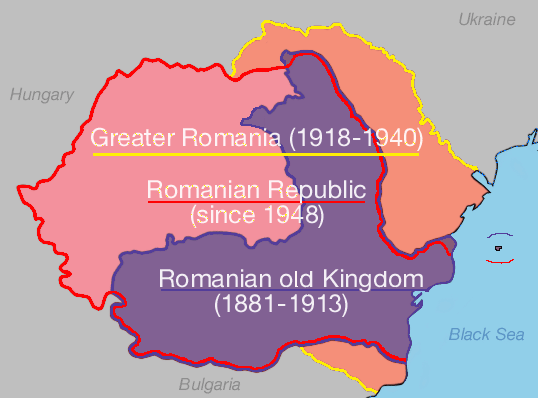























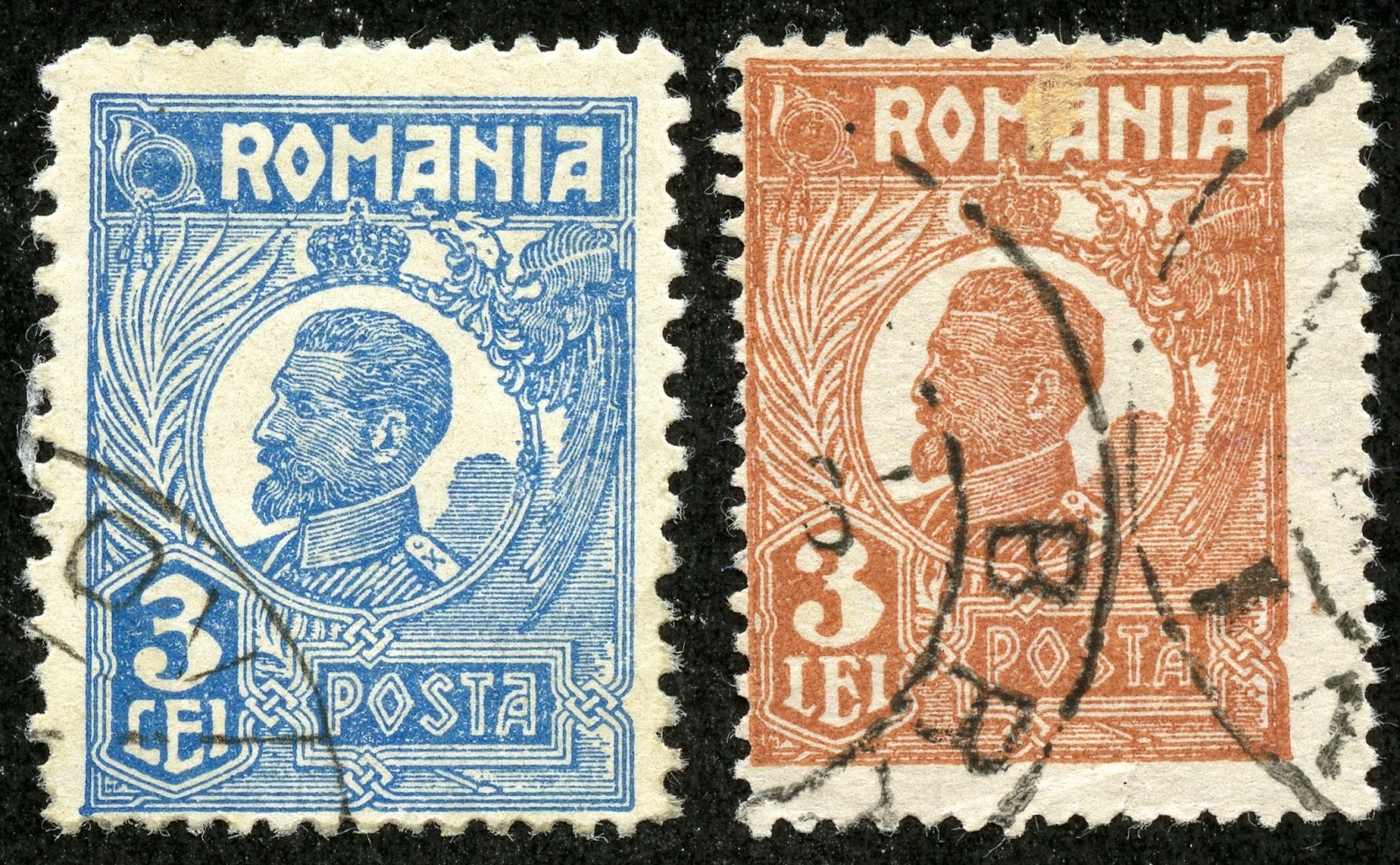






























































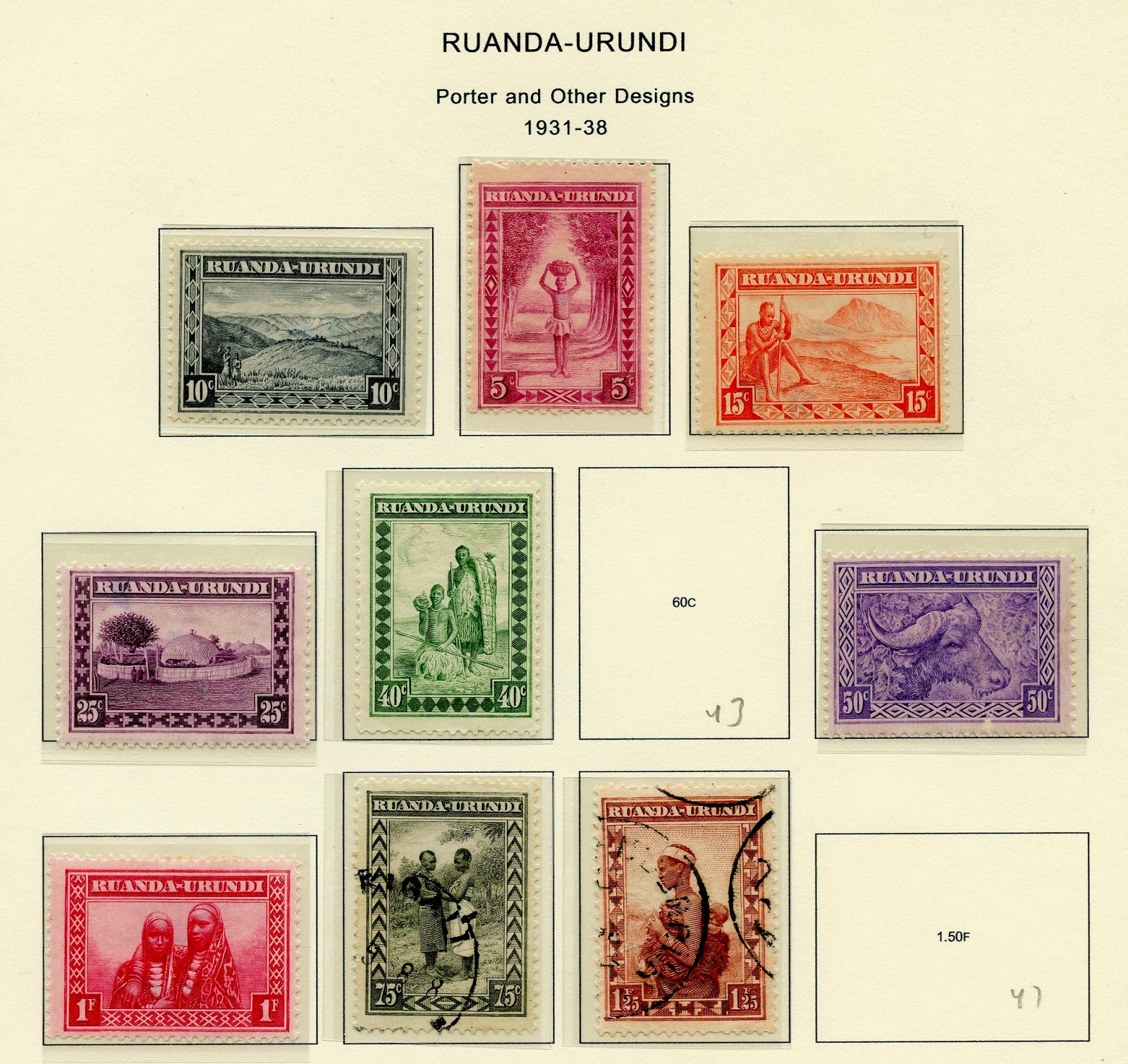

































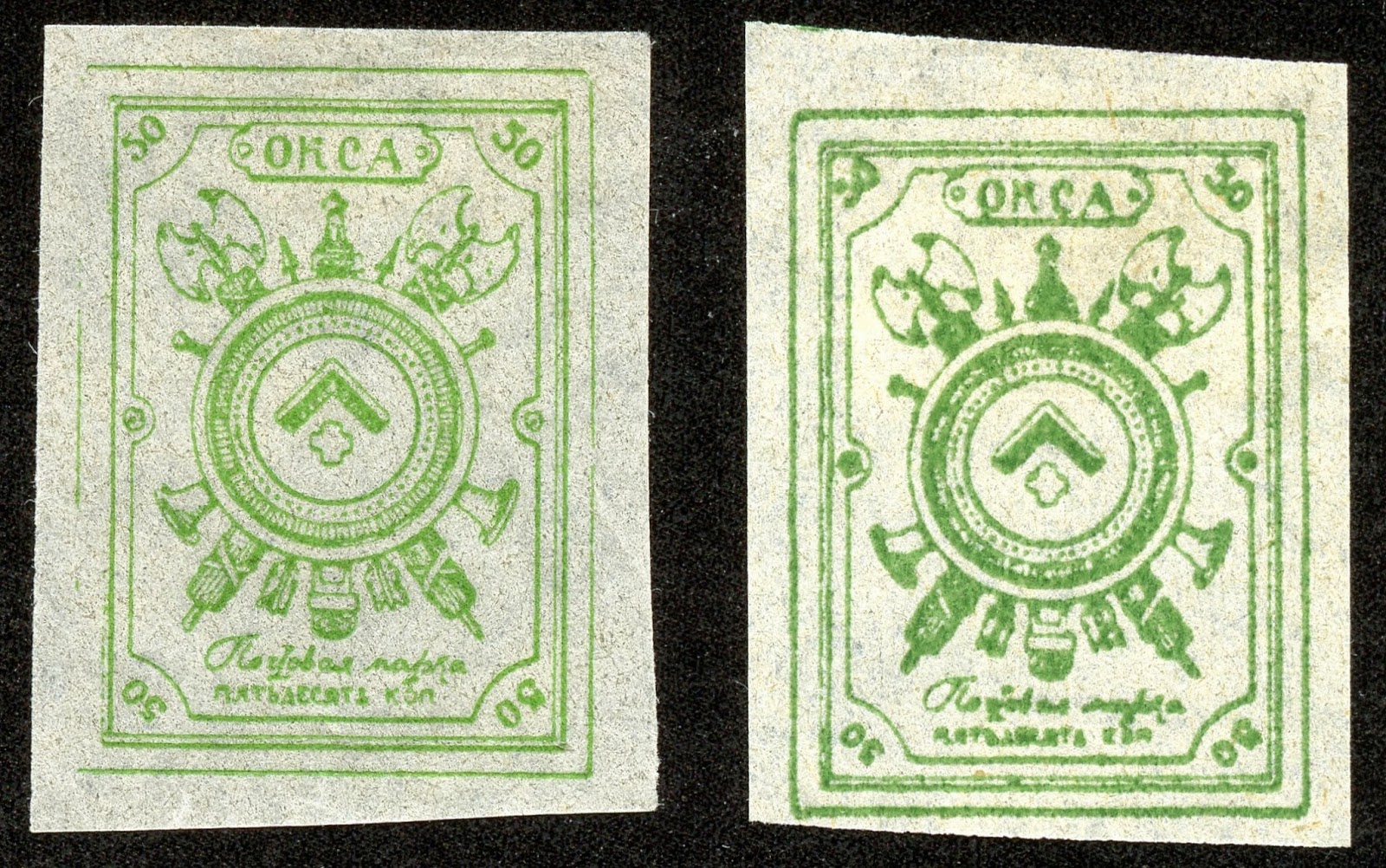



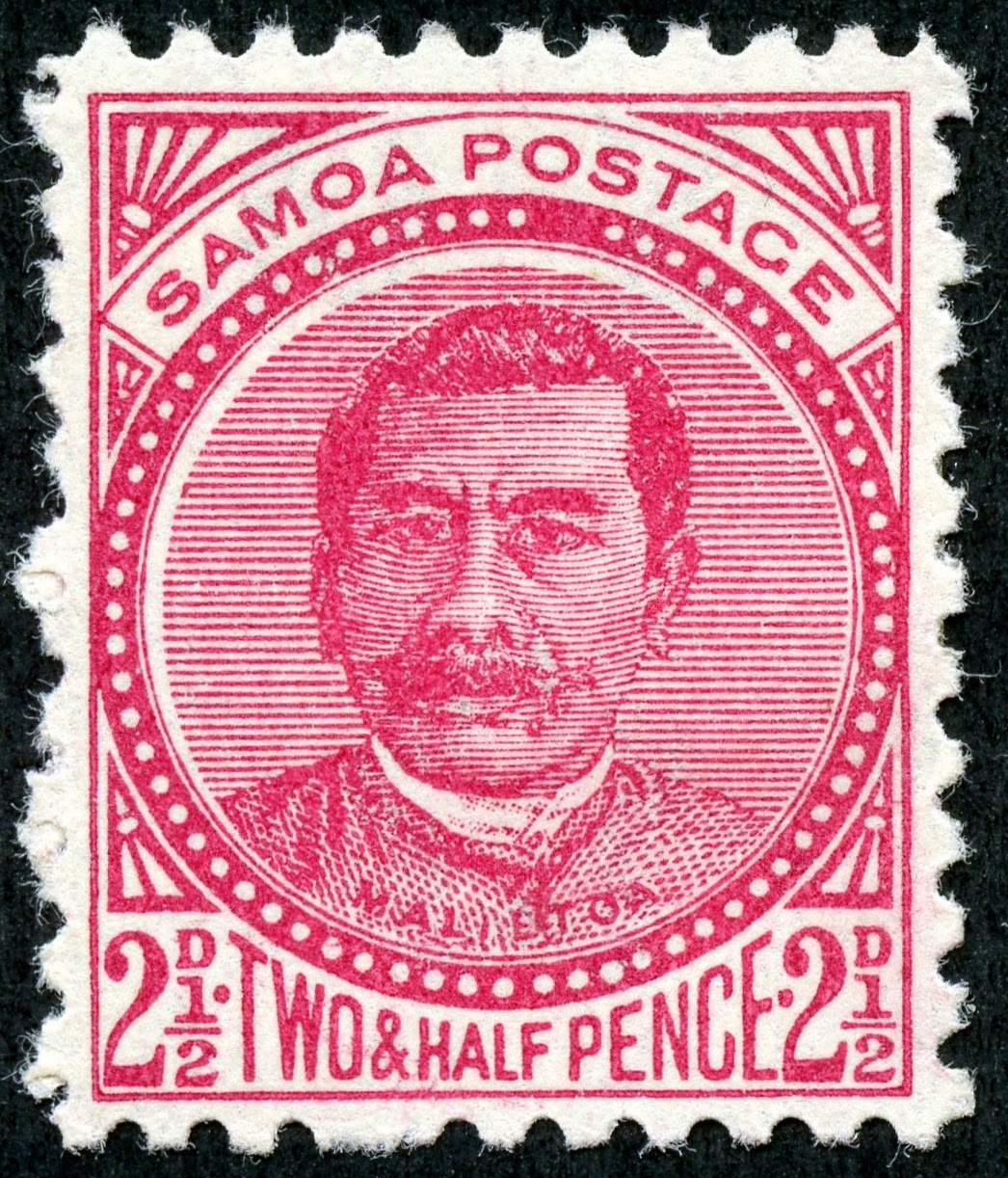






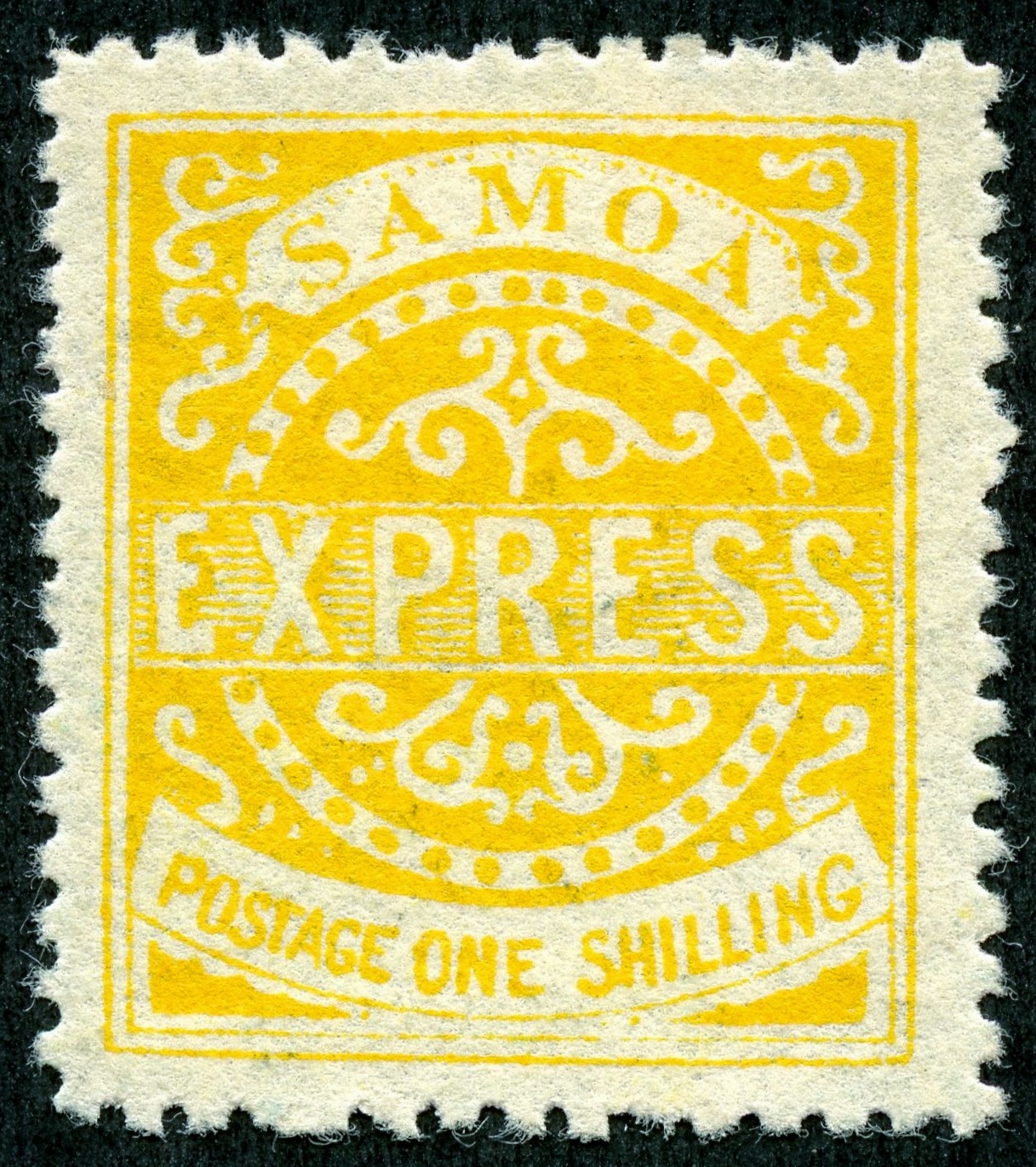





















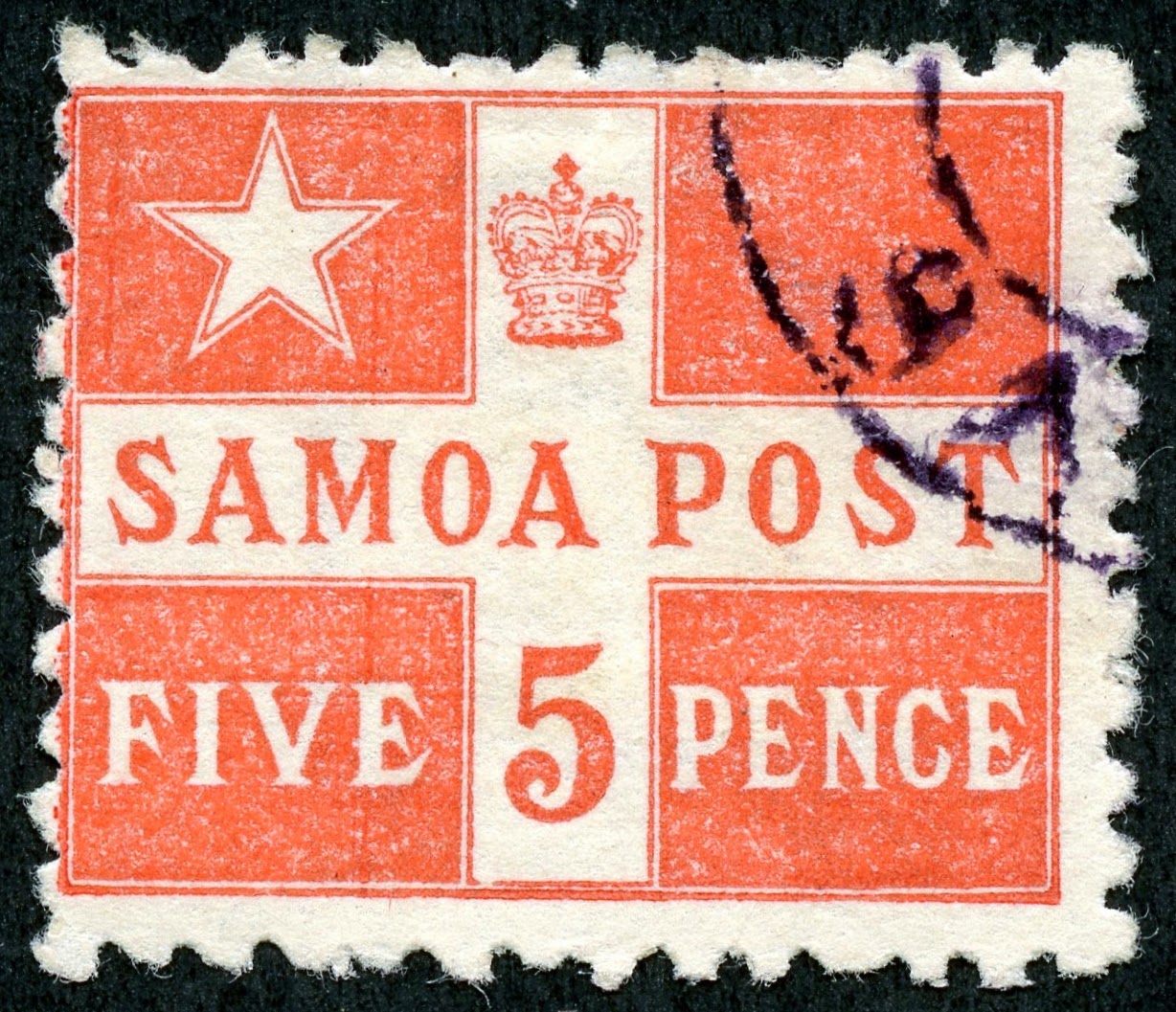
























































.jpg)
_by_Francis_Grant.jpg)


























